Dwarf Arowana fish, also known as little dragon fish, are popular with aquarium enthusiasts due to their vibrant colors and unique appearance. These fish, native to the tropical waters of South America and Africa, are famous for their small size compared to their larger counterparts.
Despite their small size, Dwarf Arowanas still possess the striking characteristics of their larger relatives, including their signature red tail. However, caring for these exotic fish can be challenging for those unfamiliar with their specific needs.
We will discuss the essential aspects of caring for a dwarf Arowana fish in a tank, including community tank setup, water parameters, diet, potential health concerns, and tips from expert Brian Arial.
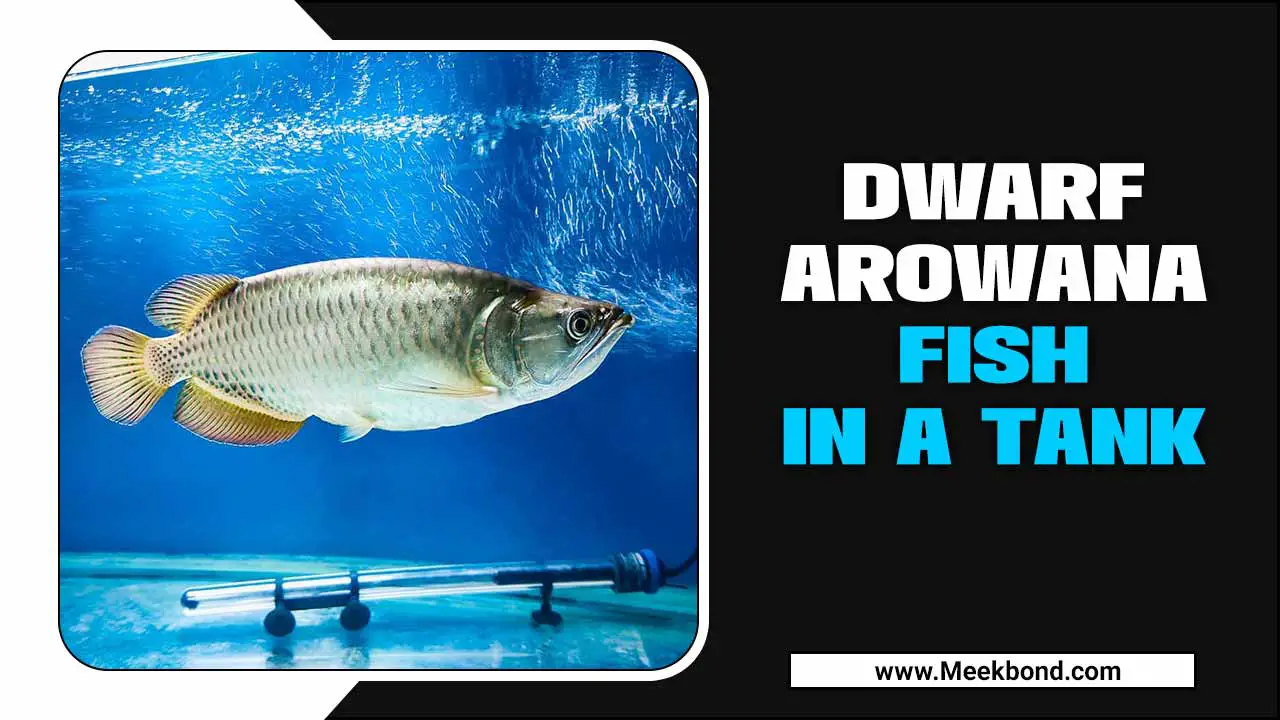
About Arowanas Fish
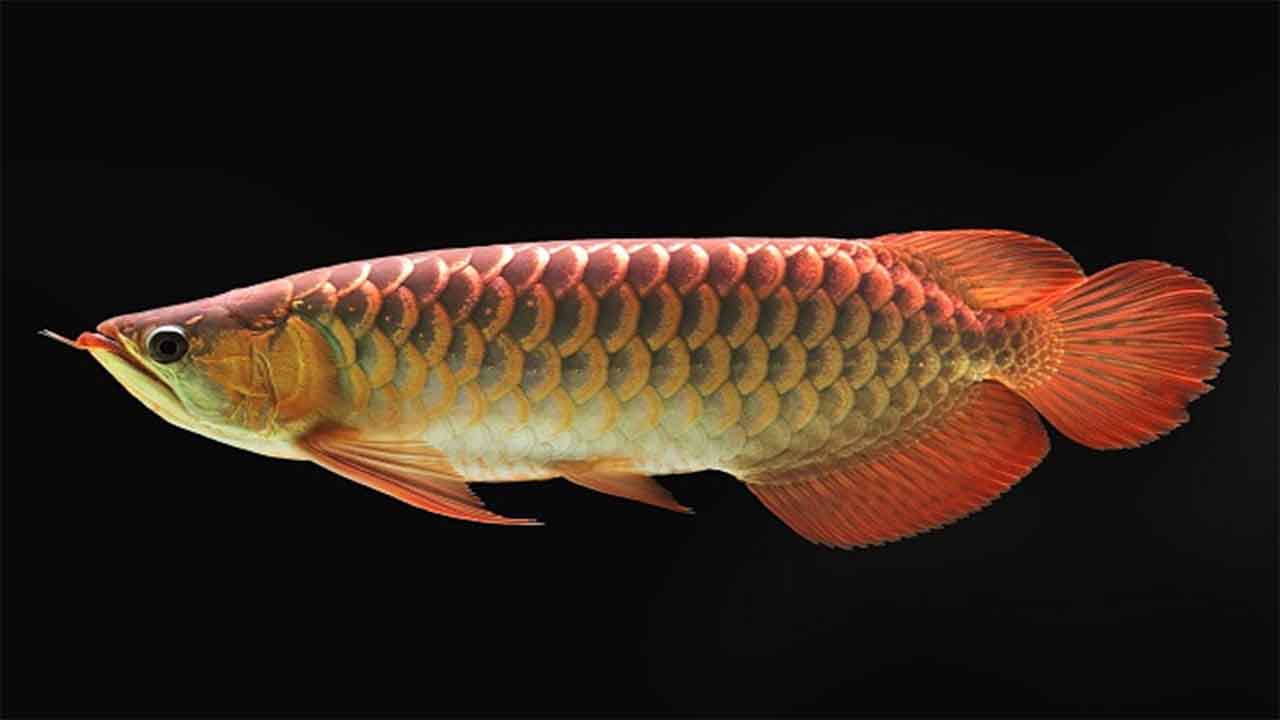
Arowana is a species of fish, also known as dragon fish or bony tongues, and is a popular choice for aquarium enthusiasts. These majestic creatures are famous for their vibrant colors and distinctive scales, resembling a dragon’s. Arowanas are typically large, with some species reaching up to three feet long. They require spacious tanks with plenty of swimming space and a well-maintained filtration system to thrive.
The Dwarf Arowana fish is a popular choice for aquarium enthusiasts due to its stunning appearance and manageable size. However, it’s important to note that the average weight of an Arowana fish can vary depending on the specific species. For example, the African cichlids Fish.
It’s important to note that Arowanas are carnivorous and should be fed a diet consisting of live or frozen foods such as insects, small fish, and shrimp. With proper care and attention, these beautiful fish can bring life and beauty to any aquarium setting.
Dwarf Arowana Fish In A Tank: Care Secrets Revealed
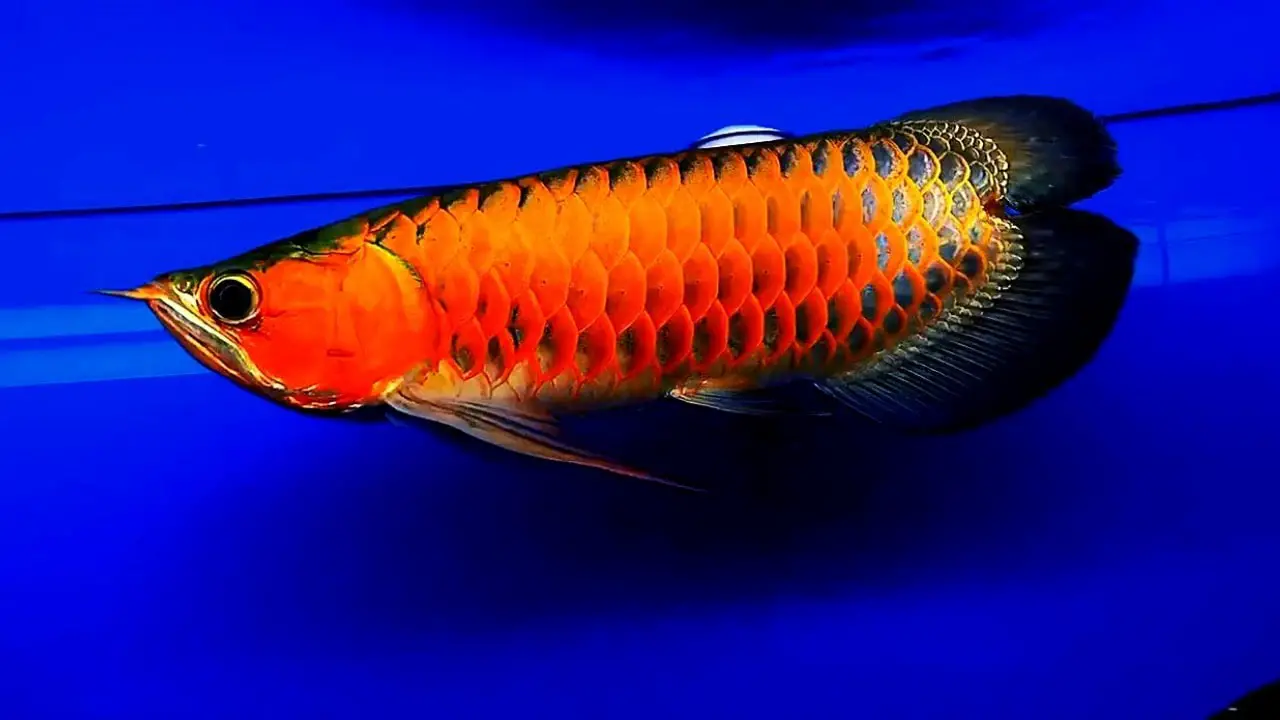
Caring for a Dwarf Arowana fish in a tank can be a challenging but rewarding experience. To ensure your pet’s health and well-being, it is important to understand the specific needs of these gorgeous fish.
Taking care of dwarf Arowana fish in a tank requires specific knowledge and attention to detail. These beautiful and delicate creatures require a carefully curated environment to thrive. Here are some care secrets revealed for keeping dwarf Arowana fish in a tank:
1. Tank Size
Dwarf Arowana requires a spacious tank to accommodate their specific needs. The recommended tank size for these fish is at least 20 gallons, with 30 gallons being ideal.
It’s important to note that the water depth should be between 12-16 inches as these fish are excellent jumpers and can easily escape an insufficiently sized tank. To make the most of this habitat, provide plenty of rocks and hiding spots for your fish to explore.
2. Water Parameters
Water Parameters: It’s essential to maintain the correct water parameters for optimal health. The ideal pH level for Dwarf Arowana should be between 6.5-and 7.5, with a water temperature range of 75-80 degrees Fahrenheit.
Additionally, the water hardness should range from 5-15 dH. To ensure that your fish stay healthy, use a high-quality water testing kit to monitor the parameters of your tank regularly.
3. Tank Setup
It is easier to set up a tank with dwarf varieties, but it still needs proper lighting conditions. For the minimum oxygenated water volume necessary, recommend two 5-gallon community aquariums for each sex since they don’t grow too large aquariums and may not make more than one male otherwise.
Also, provide both larger tanks that are at least 16 inches tall, as that will allow them enough room to move around where your particular taste and favorite sites are located in either of those choices.
The average height for an aquarium is about 30″. So it’s acceptable to have the females higher up while males are slightly longer. You will also want plenty of hiding places and two different versions you can alternate either by having one end nude while getting started with other species.
4. Temperature And Lighting
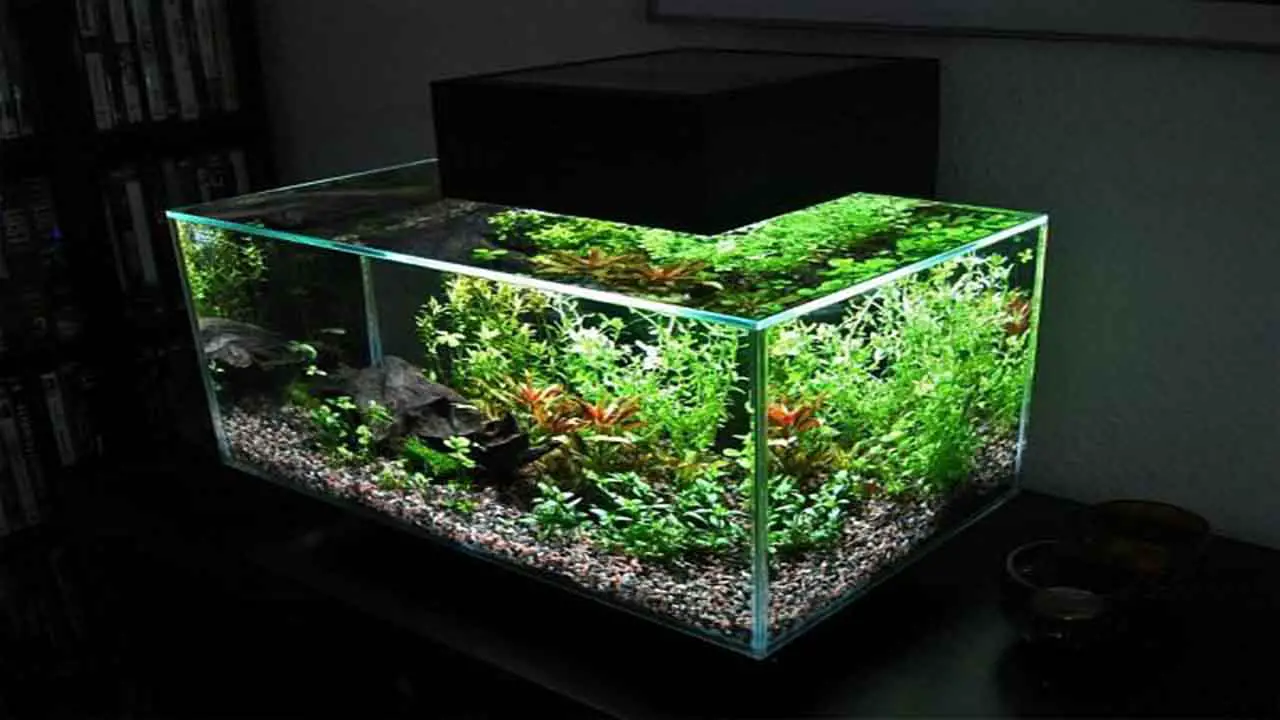
The temperature in the tank should range between 76-86 degrees Fahrenheit. It is absolutely necessary that you provide your Dwarf Arowana with a very strong light source, preferably LED or metal halide lighting, as they require a bright environment to thrive. Provide adequate shade for your fish by adding floating plants and rocks that will block out some of the direct light.
5. Feeding & Diet
Dwarf Arowana fish have a hearty appetite and should be fed two to three times daily. Offer a variety of food types, such as bloodworms, tubifex worms, brine shrimp, and other frozen or freeze-dried foods. Live foods such as insects are also acceptable. Feed small portions at a time to avoid overfeeding.
At first, start each morning, feeding about halfway up to get them overeating since they seem to do best when the feedings thin down. You will then gradually increase that up to 2 – 3 times a day over the next few days until you feel it appropriate.
At any point, if at all possible, try using real plant material as a mix in foods by simply shredding the leaves and stems into nice-sized pieces, which they can easily sink through their mouths with ease.
6. Arowana Tank Mates
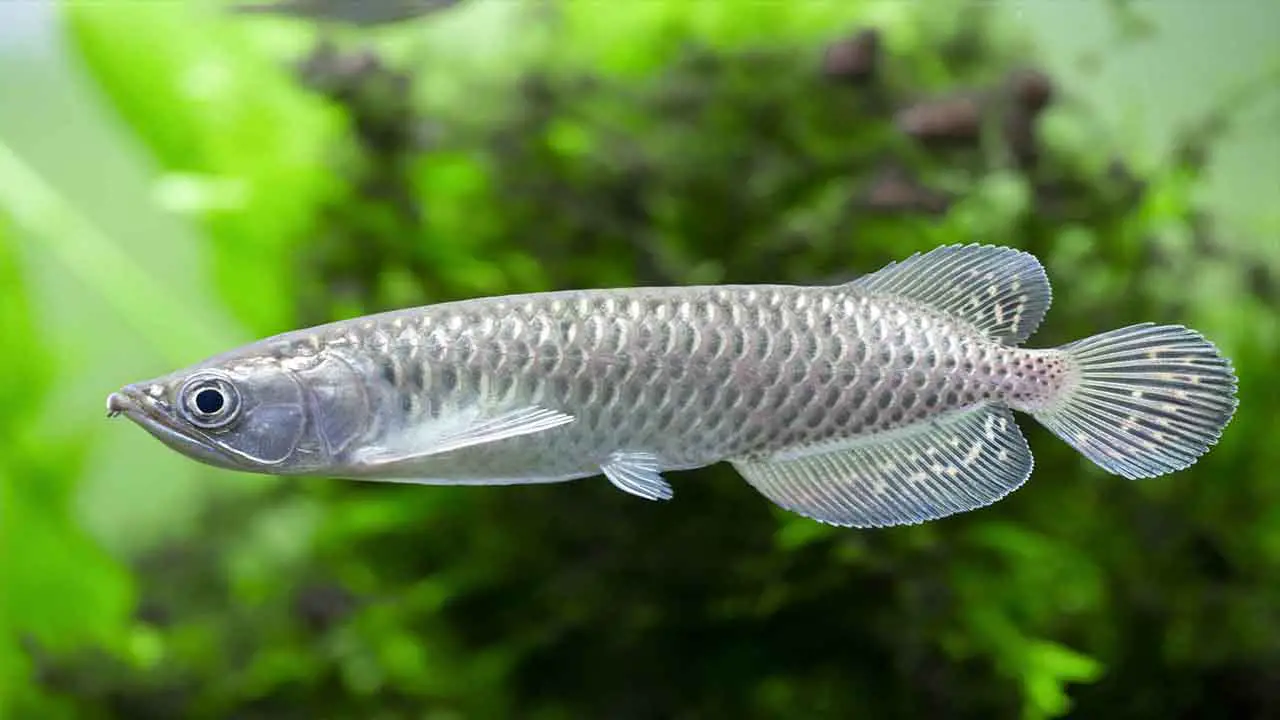
Regarding keeping Dwarf Arowana fish tank, choosing the right tank mates is crucial for their well-being. One popular option for tank mates is cichlid pellets. These pellets are specifically formulated to meet the nutritional needs of cichlids, which can be compatible with Dwarf Arowanas.
Cichlid pellets provide a balanced diet and help ensure that all the fish in the tank get the nutrients they need to thrive. However, monitoring the feeding process closely is important to avoid overfeeding and maintain water quality. Additionally, it is always recommended to do thorough research and consult with experts or experienced aquarists before introducing any new fish or food into your aquarium.
7. Breeding
Breeding Arowana fish is not particularly difficult, but it takes some careful preparation and dedication to ensure success. When the time is right for breeding, the male will build a bubble nest near the surface of the water current. The female should be added to the tank shortly afterward, as she will lay her eggs in the male’s nest.
It is important to provide plenty of hiding spots throughout the tank for the female so she can retreat after spawning. The male will take care of the eggs, and once they hatch. He will continue to watch over the fry until they are big enough to fend for themselves.
How Dwarf Arowana Fish Hatch?
Dwarf arowanas mature after they are around six years old and migrate upstream. When it’s time to breed their eggs, they typically lay up to 400 eggs in May through June at spawning sites along with pairing with female dwarf arowana or Thai pot-bellied grey fish (Hucho) and spawning in June through July.
The fish can reach sexual maturity at about two years old after they reach 1 foot long and 10 inches square. The female only lays eggs once a year during their adult life. So, keeping these species as pets for up to 3-5 years before breeding them is normal.
What Is Special About Arowana Fish?
Dwarf Arowana fish are a special breed of Arowana community fishes and beautiful freshwater fish that are smaller than other varieties. They are also considered “true” Arowana. Meaning they have three scales on their dorsal fin and nine bone scales on their anal fin. These small fish are great additions to any tank because they can be active and entertaining.
If you’re considering adding an Arowana fish to your tank, be sure to visit reputable pet stores that specialize in exotic fish and can provide you with the necessary information and guidance to ensure your new pet thrives in its new home. They utilize their unique swim bladder to survive short periods out of the water. If you’re looking for an interesting addition to your aquarium, dwarf Arowana fish may be just the thing.
Asian Arowana (Scleropages Formosus)
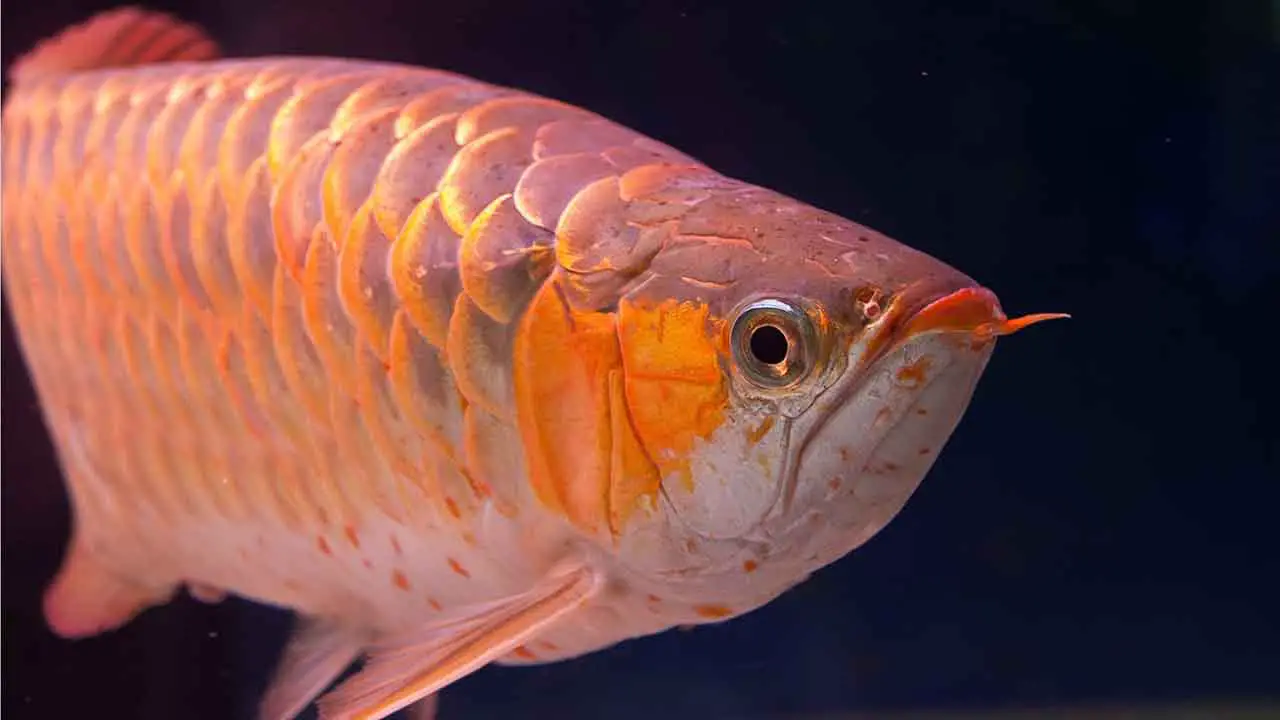
Asian Arowana (Scleropages Formosus) is a species of fish native to Southeast Asia. This vibrant fish species has distinctive features that make it stand out from other types of Arowanas, such as its long body and bright colors.
It is considered one of the most exotic and beautiful freshwater aquarium fish available. The Asian Arowana is also popular as the Dragon fish because of its dragon-like appearance. While they are relatively hardy or aggressive fish, they require specialized care to ensure they live a healthy and happy life in their tank.
This includes providing them with the proper diet, a large tank that is well-maintained, and clean water conditions. The Asian Arowana is an impressive addition to any aquarium and will bring joy to its owner for years to come.
Green Arowana (Scleropages Formosus)
Green Arowana (Scleropages Formosus) is a species of fish native to Southeast Asia. They are often referred to as the “green dragons” due to their appearance. The Green Arowana can grow up to 3 feet in length and they have distinctive features such as an elongated body, large scales, pointed heads, and bright green coloration.
The Green Arowana is a popular choice for fish enthusiasts due to its impressive size and striking coloration. As with other Arowana species, it requires a large tank with plenty of swimming space.
It also needs to have an appropriate filtration system that can handle the waste it produces. The Green Arowana should be fed a diet consisting mostly of live food such as insects, crustaceans, and worms. With the proper care, your Green Arowana fish can live for up to 15 years.
Red Arowana (Scleropages Formosus)
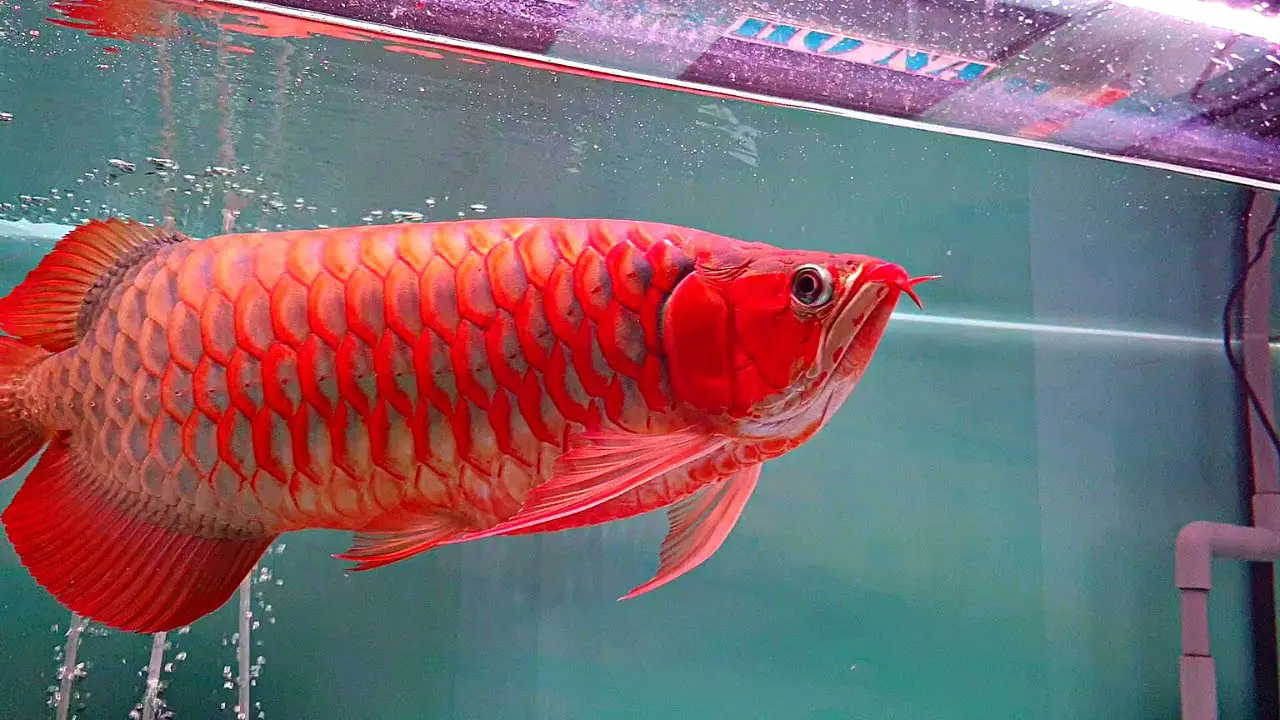
Red Arowana (Scleropages Formosus) is a species of fish native to Southeast Asia. They are popular for their bright red coloration and long, narrow body shape, which has earned them the nickname “red dragons”. Red Arowanas are considered one of the most beautiful aquarium fish and can reach up to three feet in length.
Gold Arowana (Scleropages Formosus)
The Gold Arowana, also known as Scleropages Formosus, is a species of fish native to Northern Australia. These beautiful creatures are highly sought after by aquarium enthusiasts for their striking appearance and graceful swimming style. With their metallic gold scales and long, sleek bodies, Golden Arowanas make a stunning addition to any tank.
However, it is important to note that they require a large tank with plenty of swimming space and proper filtration to thrive. Additionally, they are carnivorous and should be fed a diet of live or frozen foods such as small fish, shrimp, and insects. With the right care and attention, a Gold Arowana can bring years of joy and beauty to your larger aquarium.
Where To Buy Dwarf Arowana And Considerations When Choosing A Supplier Or Breeder
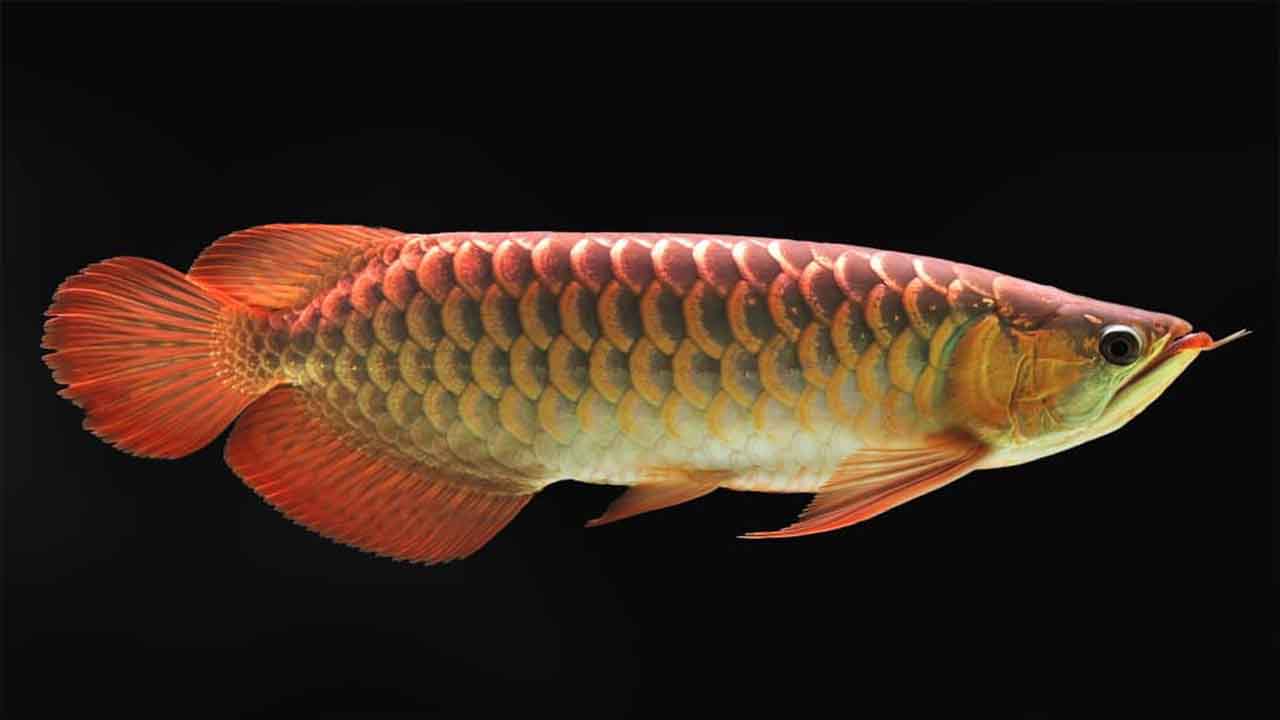
When looking to buy Dwarf Arowana fish for your tank, it is important to choose a reputable supplier or breeder. This ensures that you are getting healthy and well-cared-for fish. One option is purchasing from a local or public aquarium store specializing in exotic fish.
They can guide the care and maintenance of Dwarf Arowanas and may have a variety of species available. Alternatively, you can consider purchasing online from a trusted supplier or breeder. When choosing an online seller, be sure to research their reputation, read customer reviews, and inquire about their shipping and handling practices to ensure the safe delivery of your new fish.
Additionally, consider the size and condition of the fish offered and any guarantees or return policies provided by the seller. Considering these considerations, you can make an informed decision when purchasing Dwarf Arowana fish for your gallon tank.
How Big Is An Average Arowana?
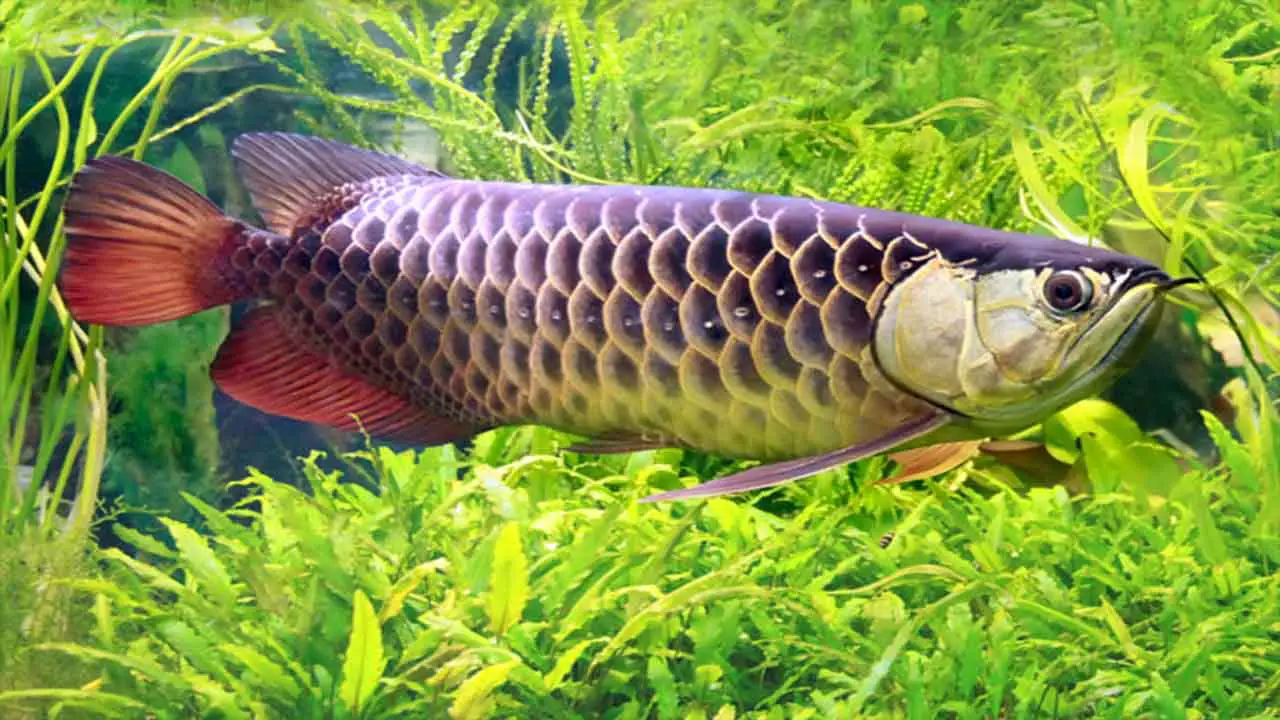
The average size of a dwarf Arowana fish can vary depending on the specific species and individual fish. However, most dwarf Arowanas typically reach a maximum size of around 8 to 12 inches in length. This makes them much smaller than their larger counterparts, such as the Asian or Silver Arowana, which can grow up to 3 feet in length.
Despite their smaller size, dwarf Arowanas are still captivating and beautiful fish that can make a stunning addition to a home aquarium. Their vibrant colors and unique body shape make them a favorite among fish enthusiasts.
How Small Is The Smallest Arowana?
The Dwarf Arowana is one of the smallest species of Arowana fish that can be kept in a tank. These fish typically grow to be around 6-8 inches in length, making them a great choice for aquarium enthusiasts who don’t have a lot of space.
The small size of the Dwarf Arowana also makes them easier to care for compared to larger species, as they require less food and can thrive in smaller tanks. However, it is important to note that even though they are small, they still require a well-maintained tank with ample swimming space and proper filtration.
Additionally, it is crucial to provide them with a balanced diet and regular water changes to ensure their health and longevity. With their vibrant colors and unique body shape, these baby Arowanas are sure to be a beautiful addition to any aquarium.
Which Arowana Is The Best?
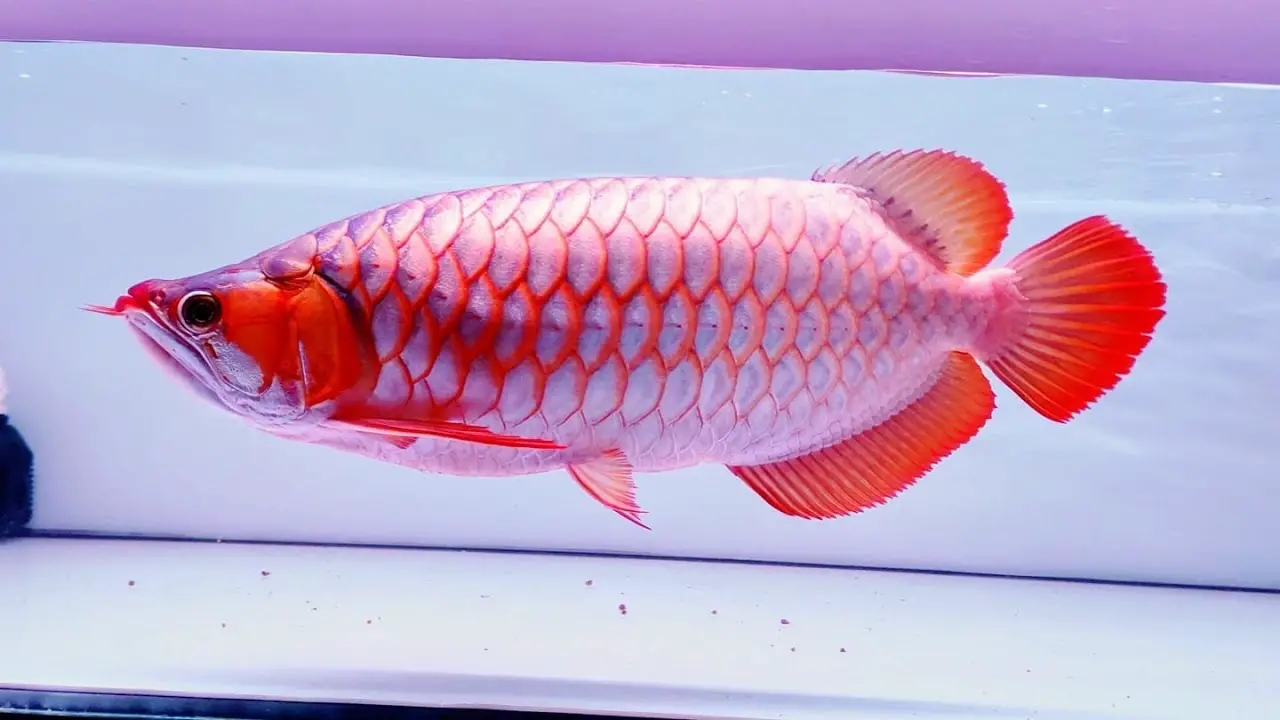
Choosing the best dwarf Arowana fish for your tank can be an exciting yet challenging task. There are several factors to consider, including the size of your tank, the compatibility with other fish species, and the specific needs of the Arowana.
One popular choice is the Asian Arowana, known for its vibrant colors and graceful swimming patterns. Another option is the Silver Arowana, which is prized for its metallic silver scales and unique hunting behavior. One of the most popular and sought-after varieties is the Pearl Arowana.
Known for its stunning pearl-like scales and graceful swimming style, the Pearl Arowana is a favorite among fish enthusiasts. This variety of Arowana is known to be relatively smaller in size compared to other types, making it suitable for keeping in a tank. Ultimately, the perfect choice will depend on your personal preferences and the conditions of your tank.
Conclusion
Dwarf Arowana Fish are an exciting addition to any aquarium and beginner fish keepers. With their impressive size, vivid coloration, and striking features, they make a beautiful addition to any aquatic display. When purchasing these fish, it’s important to choose a reputable supplier or breeder that can provide healthy and well-cared-for specimens.
Dwarf Arowana Fish is a tropical fish that belongs to the family of Arowanas. This fish is also famous as the “dragonhead” or “stingray.” The dwarf arowana’s lifespan is about 12 years.
In nature, they live in close contact with their environment. But in captivity, they need more care because they are delicate. We hope now you know how to maintain the dwarf Arowana fish in a tank in the aquarium.
Frequently Asked Questions
Can Arowana Be Kept In A Small Tank?
No, arowanas cannot be kept in small tanks. Arowanas are large and active fish that require plenty of space to swim and explore, especially the jardini Arowana. They can grow up to several feet long and need a separate tank that is at least a few hundred gallons in size.
What Size Tank Does A Dwarf Arowana Need?
A dwarf arowana typically requires a tank size of at least 200 – 300 gallons. The tank size should also consider the fish’s expected growth, as they can reach lengths up to 12 inches. Providing a spacious and well-maintained tank with a minimum tank size of 200-300 gallons will ensure the well-being and health of the dwarf Arowana.
Can Arowana Live In A 2ft Tank?
No, Arowana fish cannot live in a 2ft tank. Arowanas are large and active fish that require a spacious environment to thrive. They can grow up to 3 feet long and need ample space to swim and explore. They are leading to stress, stunted growth, and potential health problems.
Does Arowana Need An Air Pump?
No, arowanas do not necessarily need an air pump. But it can be beneficial for maintaining freshwater indoor quality and oxygen levels in the tank. Arowanas are primarily surface breathers and can obtain oxygen from the air.
Does Arowana Eat Small Fish?
As part of their natural diet, Arowanas are voracious eaters of small fish, such as crickets and guppies. They are carnivorous and primarily feed on live prey, including fish, insects, and crustaceans.

Aquarium passion is all about connecting with the aquatic life and providing education to the public on the importance of these creatures. We showcase a wide variety of marine life through our exhibits as well as working with schools to provide unique learning opportunities for students of all ages.


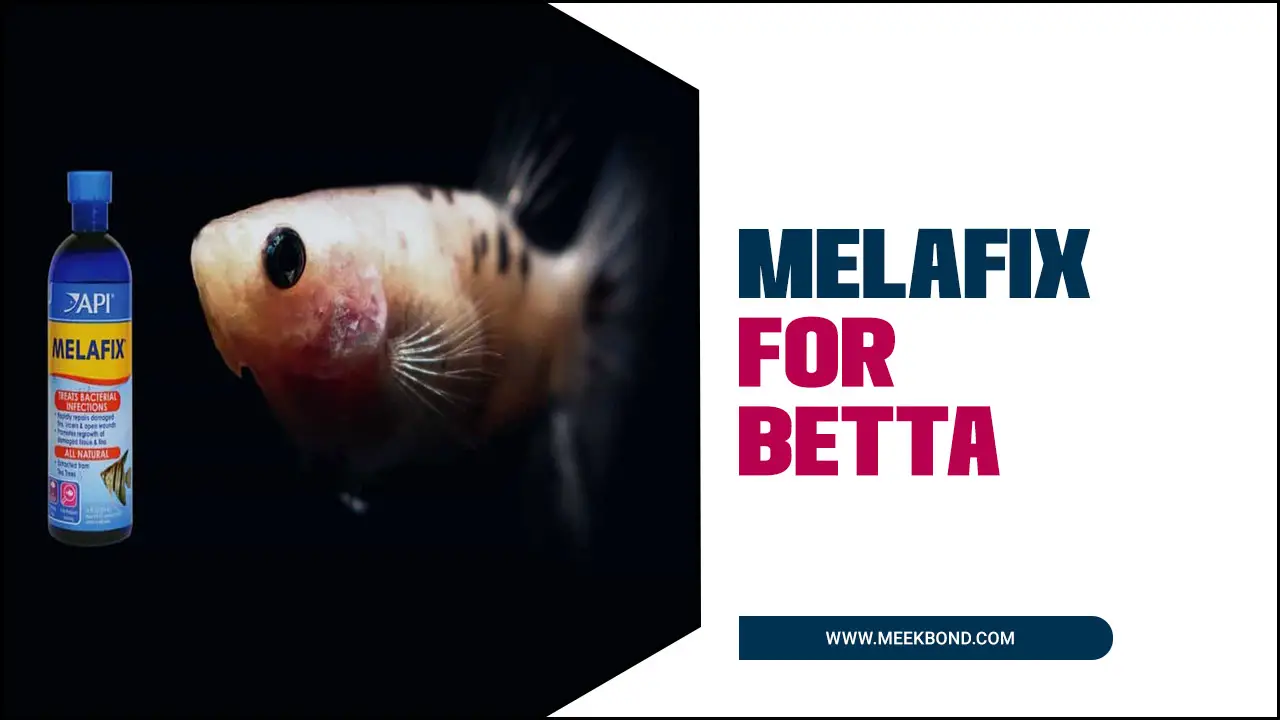
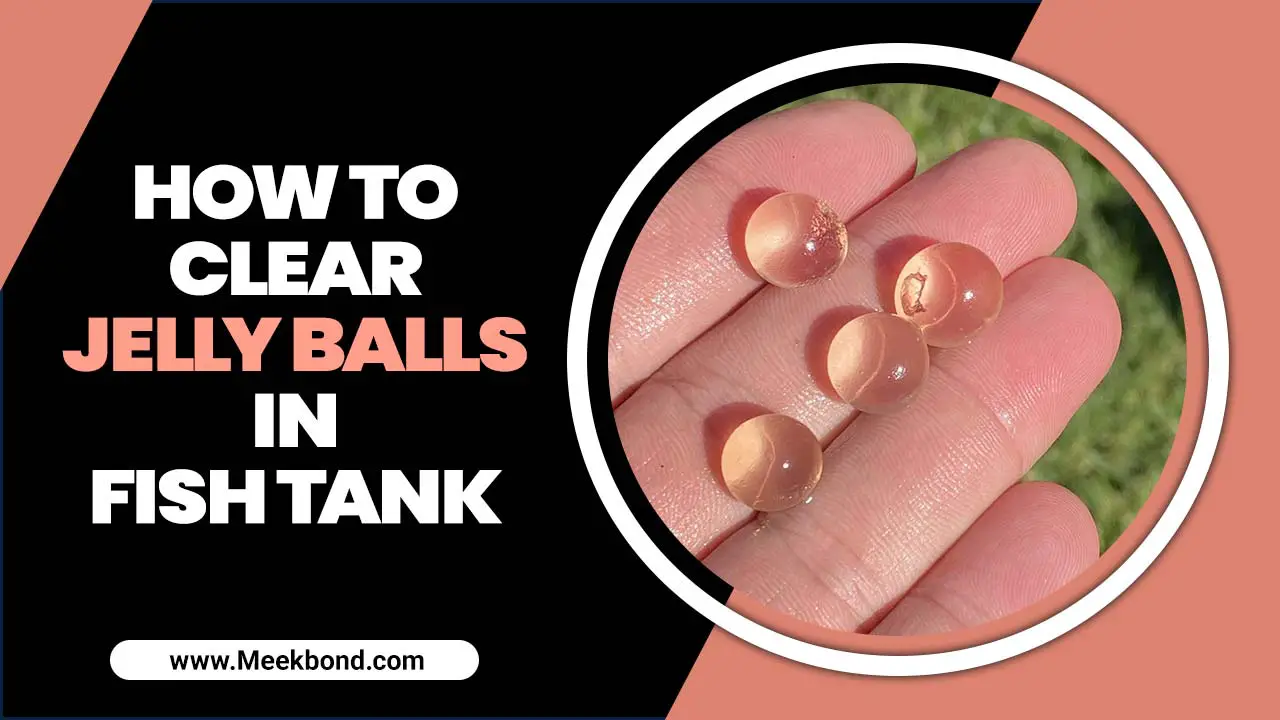

![How To Create Your Own DIY Fish Food [You Should Know]](https://meekbond.com/wp-content/uploads/2023/03/How-To-Create-Your-Own-DIY-Fish-Food.jpg)



